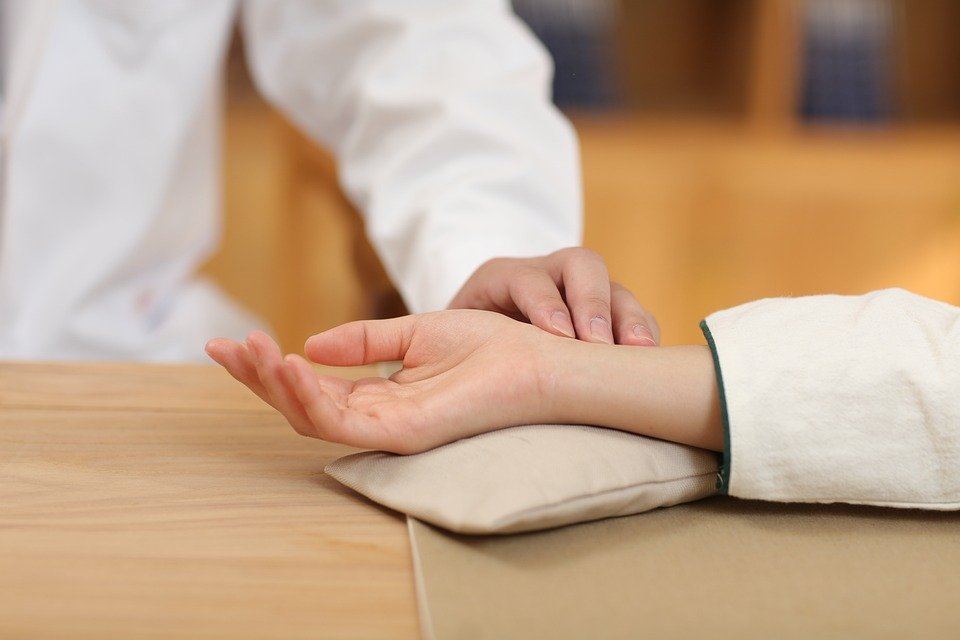 Kidney stones are small, hard mineral deposits that form in the kidneys. They can cause severe pain and discomfort when they move through the urinary tract. In this article, we will break down kidney stones, including their causes, symptoms, and treatment options.
Kidney stones are small, hard mineral deposits that form in the kidneys. They can cause severe pain and discomfort when they move through the urinary tract. In this article, we will break down kidney stones, including their causes, symptoms, and treatment options.Causes of Kidney Stones:
Kidney stones are formed when certain minerals and salts in the urine crystallize and stick together. There are several factors that can contribute to the formation of kidney stones, including:
1. Dehydration: Not drinking enough water can lead to concentrated urine, which increases the risk of kidney stone formation.
2. Diet: A diet high in protein, sodium, and sugar can increase the risk of developing kidney stones. Certain foods, such as spinach, rhubarb, and nuts, are also known to contribute to stone formation.
3. Genetics: Some people are more prone to developing kidney stones due to genetic factors.
4. Medical conditions: Certain medical conditions, such as gout, urinary tract infections, and inflammatory bowel disease, can increase the risk of kidney stones.
Symptoms of Kidney Stones:
The symptoms of kidney stones can vary depending on the size and location of the stone. Common symptoms include:
1. Severe pain in the side and back, below the ribs
2. Pain that radiates to the lower abdomen and groin
3. Painful urination
4. Blood in the urine
5. Nausea and vomiting
6. Frequent urge to urinate
If you experience any of these symptoms, it is important to seek medical attention immediately, as kidney stones can lead to complications if left untreated.
Treatment Options for Kidney Stones:
There are several treatment options available for kidney stones, depending on the size and location of the stone. Some common treatment options include:
1. Medications: Pain medications and alpha blockers can help relieve symptoms and facilitate the passage of small stones.
2. Extracorporeal shock wave lithotripsy (ESWL): This non-invasive procedure uses shock waves to break up kidney stones into smaller pieces that can be passed more easily.
3. Ureteroscopy: This procedure involves the insertion of a thin tube with a camera into the ureter to locate and remove the stone.
4. Percutaneous nephrolithotomy: In more severe cases, a surgical procedure may be necessary to remove the stone through a small incision in the back.
Prevention of Kidney Stones:
To reduce the risk of developing kidney stones, it is important to stay hydrated by drinking plenty of water throughout the day. A balanced diet that is low in sodium and high in fruits and vegetables can also help prevent stone formation. Limiting the consumption of foods high in oxalates, such as spinach and chocolate, can also reduce the risk of kidney stones.
In conclusion, kidney stones are a common and painful condition that can be managed with proper treatment and prevention strategies. By understanding the causes, symptoms, and treatment options for kidney stones, individuals can take steps to reduce their risk and manage the condition effectively. If you suspect you have kidney stones, it is important to consult with a healthcare provider for an accurate diagnosis and appropriate treatment plan.

You might be interested in learning more about the urinary system and how it functions. Speaking of kidneys, you might be interested in Kidney. If you want to explore further about minerals and their role in the body, you can check out Mineral (nutrient). And if you’re curious about different treatment options for kidney stones, you can read up on Nephrolithiasis management on Wikipedia.



